Is There A Sea Creature Scarier Than A Great White Shark?
The great white shark is the largest known predatory fish in the world. It has 300 teeth yet does not chew its food—it only rips and swallows. The shark’s heavy, torpedo-like body allows it to cruise efficiently for a long time and then suddenly switch to high-speed bursts in pursuit of prey.
Being at the top of the food chain, what animal can challenge this great fish in the ocean? Let’s find out!
The Fish From Which the Great White Flees
The Orcinus Orca, popularly known as a killer whale or an orca, is a toothed member of the marine dolphin family, Delphinidae. It is the largest member of the oceanic dolphin family.
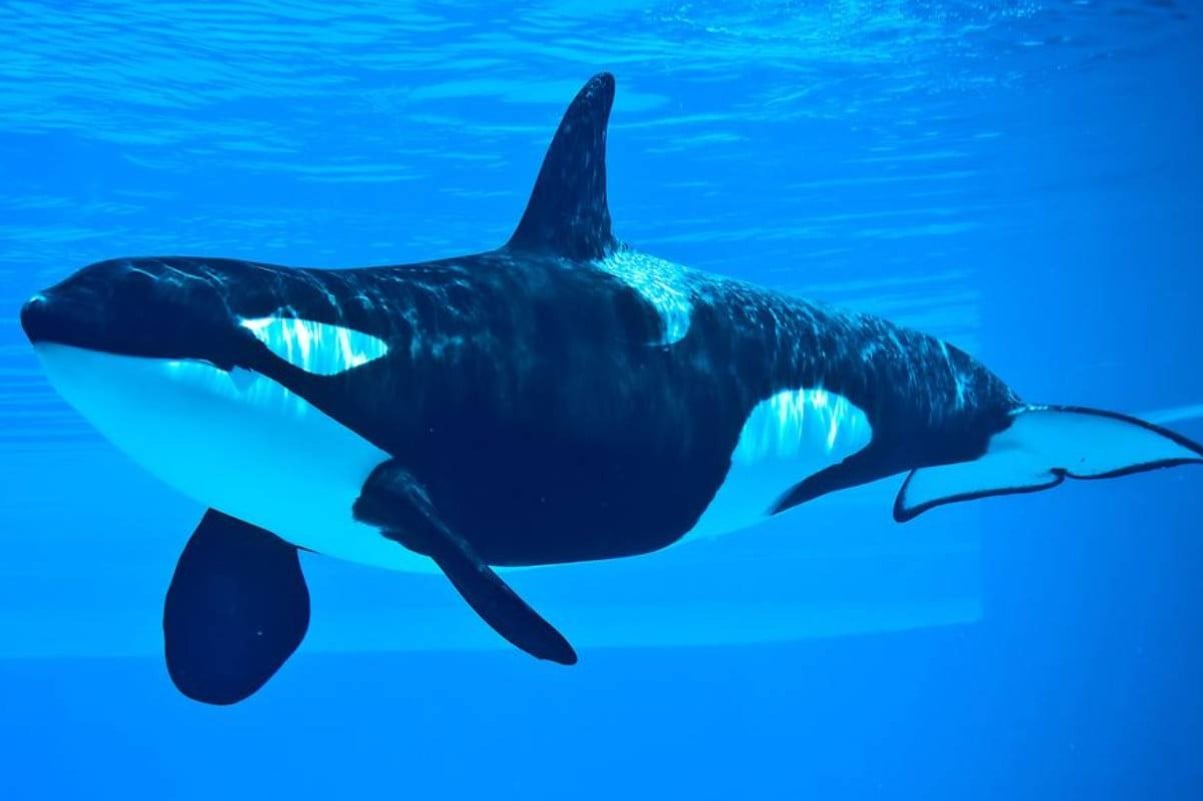
Source: DigitalNow/Pinterest
A few people refer to the Orca as whales, but the laws of taxonomy classify them as dolphins. With a black and white patterned body, this cosmopolitan species can be found in all the world’s oceans down to the tropical seas.
The Orca vs. the Great White Shark
When it comes to great white sharks and orcas, a battle to the end is not just black and white. The great white shark is the most voracious apex predator in temperate marine ecosystems across the globe, playing a pivotal role in controlling system dynamics.
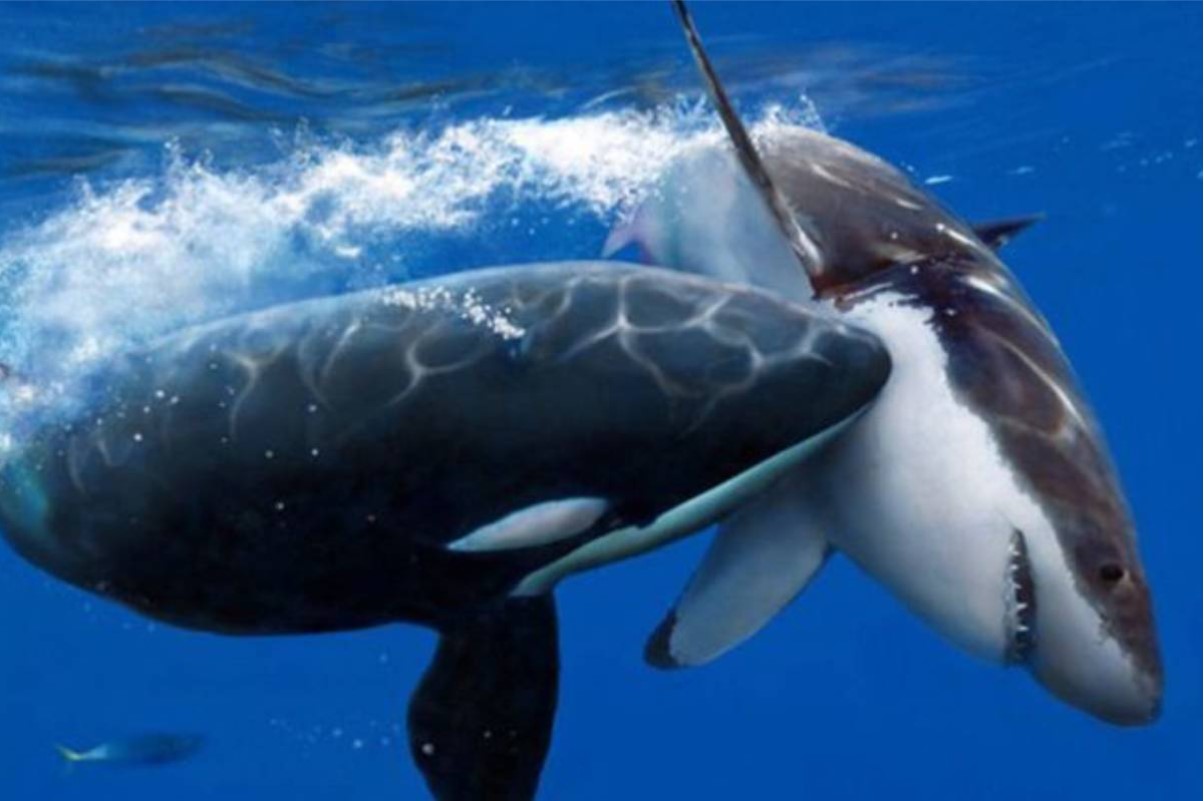
Source: Sylvia Potter/Pinterest
On the other hand, orcas have only a few significant characteristics that subsume the great white shark’s— their size, weight, and smarts.
The Battle of the Predators
Did you know that the maximum length for a great white is 6.4 meters, and for the orca, it is 9.6 meters? In addition, the maximum weight for the great white is 2,268 kg, and for the orca, 9,000 kg. Finally, regarding burst swim speed, great whites come in at 45km/h and the orca at 48km/h.
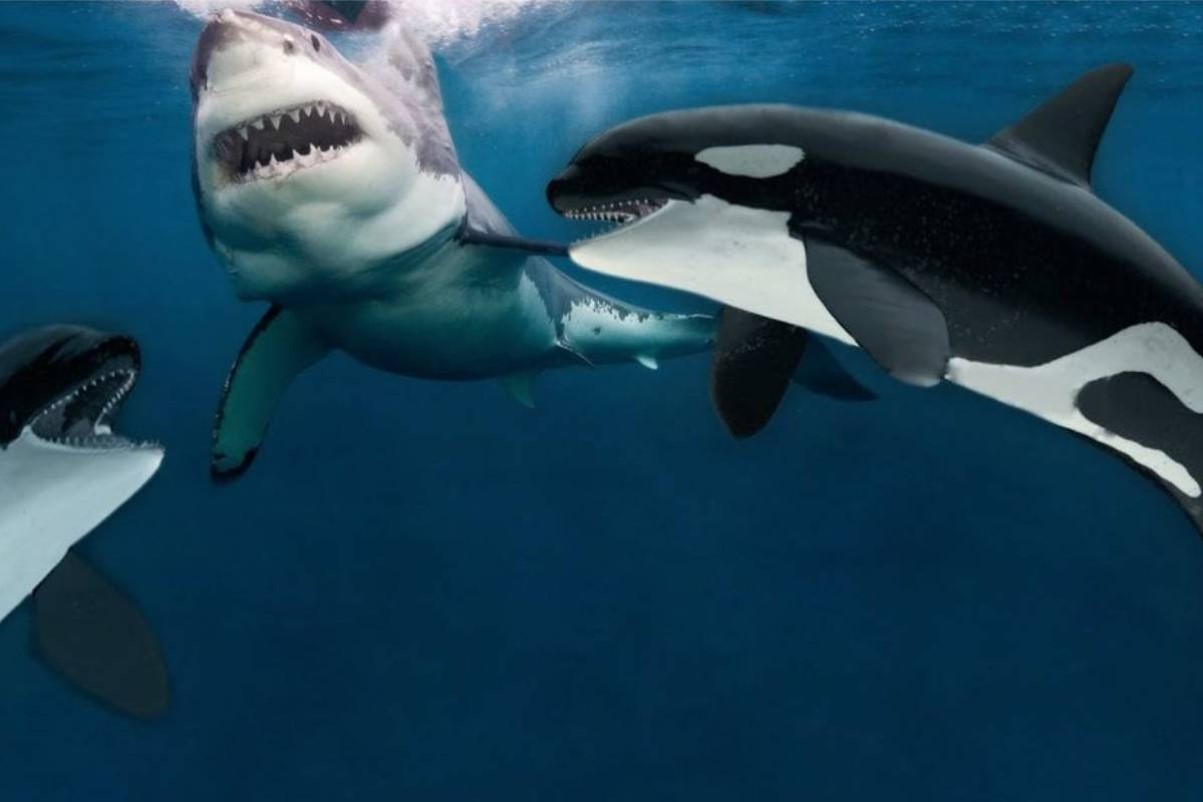
Source: WildFacts/YouTube
This data shows that the orca has more edge over the great white shark. Impressive, isn’t it?
The Most Sought-After Diet in South African Waters
An orca’s diet is often based on the geography of its territory. These mammals use highly specialized hunting strategies to target the liver of sharks. The population of orcas in South African waters has been shown to target smaller shark species.
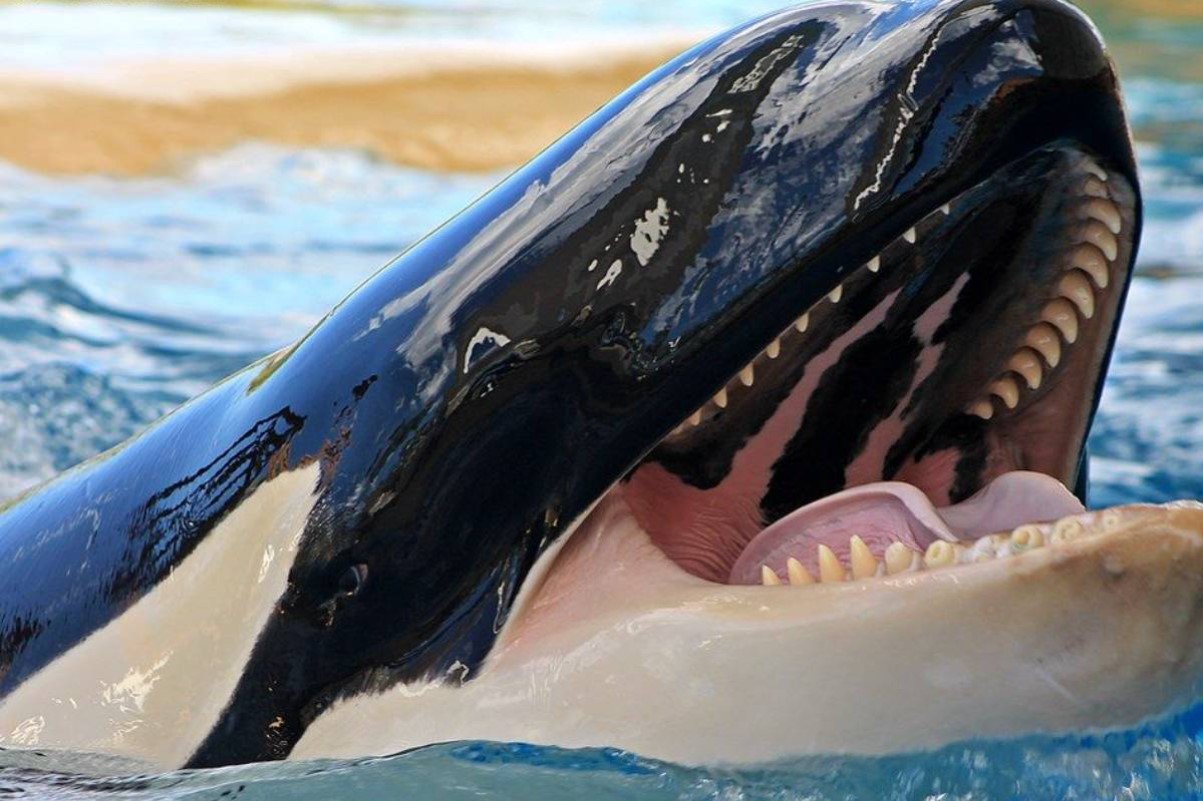
Source: Mantrize/Flickr
Some sharks caught on longlines have had their livers removed by orcas. Cow shark carcasses without livers have also washed ashore. The natural question is, why?
The Quest for Squalene
Shark livers are large, accounting for over 5% of a shark’s body weight. They are rich in oil, with squalene the chief component. Squalene is an energy store and a source of buoyancy for sharks that lack the swim bladder found in teleosts, i.e., bony fish.
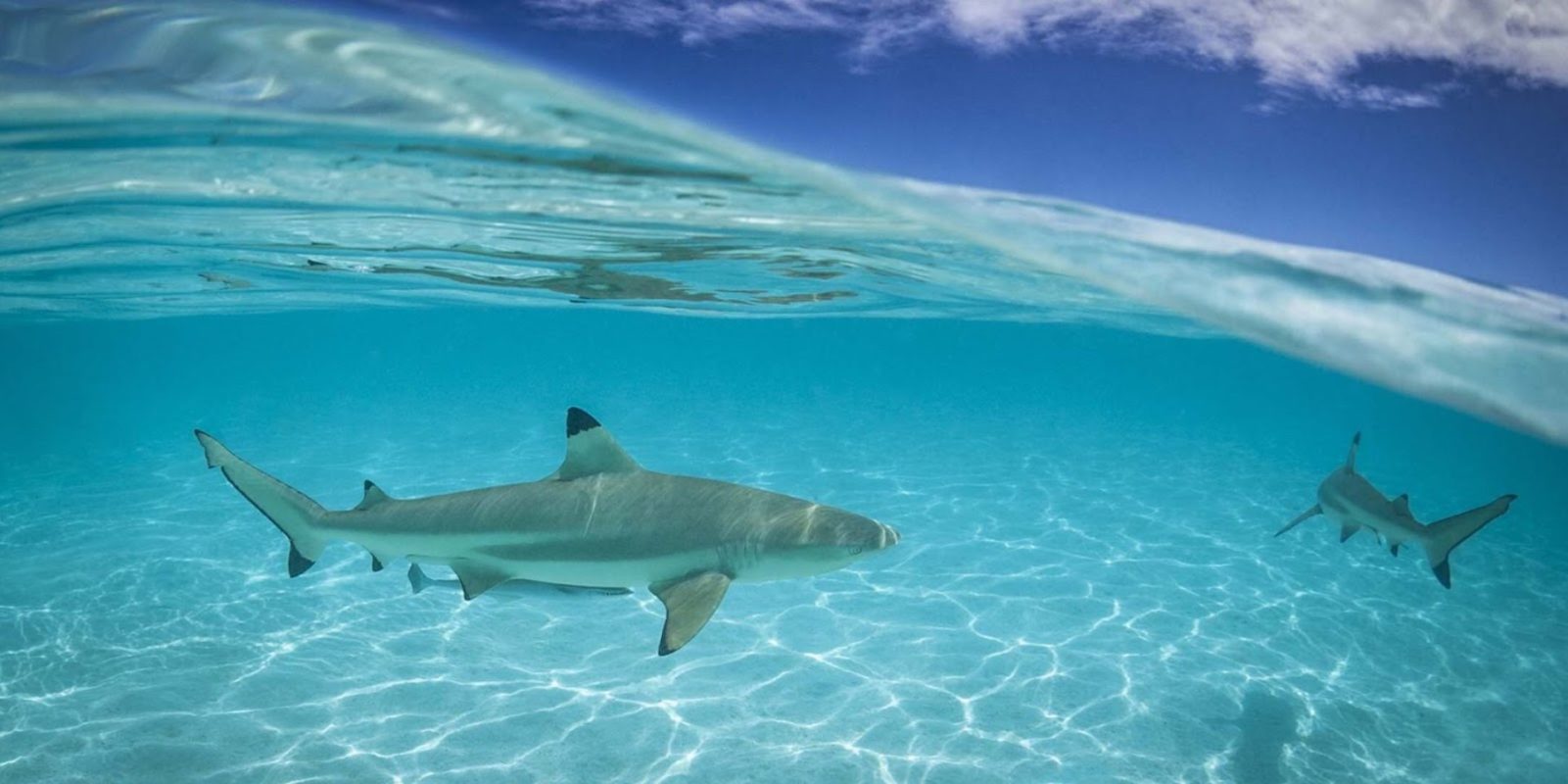
Source: Joyal Beauty/Pinterest
Another guess is that orcas try to save their teeth, which can become blunt if they keep digging into shark hide.
From Apex Predator to Scarred Prey
It is difficult to imagine a great white as prey. And yet, earlier this year, the carcasses of great white sharks washed ashore along South Africa’s Western Cape province. Ranging in size from 2.7 meters (9 ft) to 4.9 meters (16 ft), the females and a few males had one thing in common.
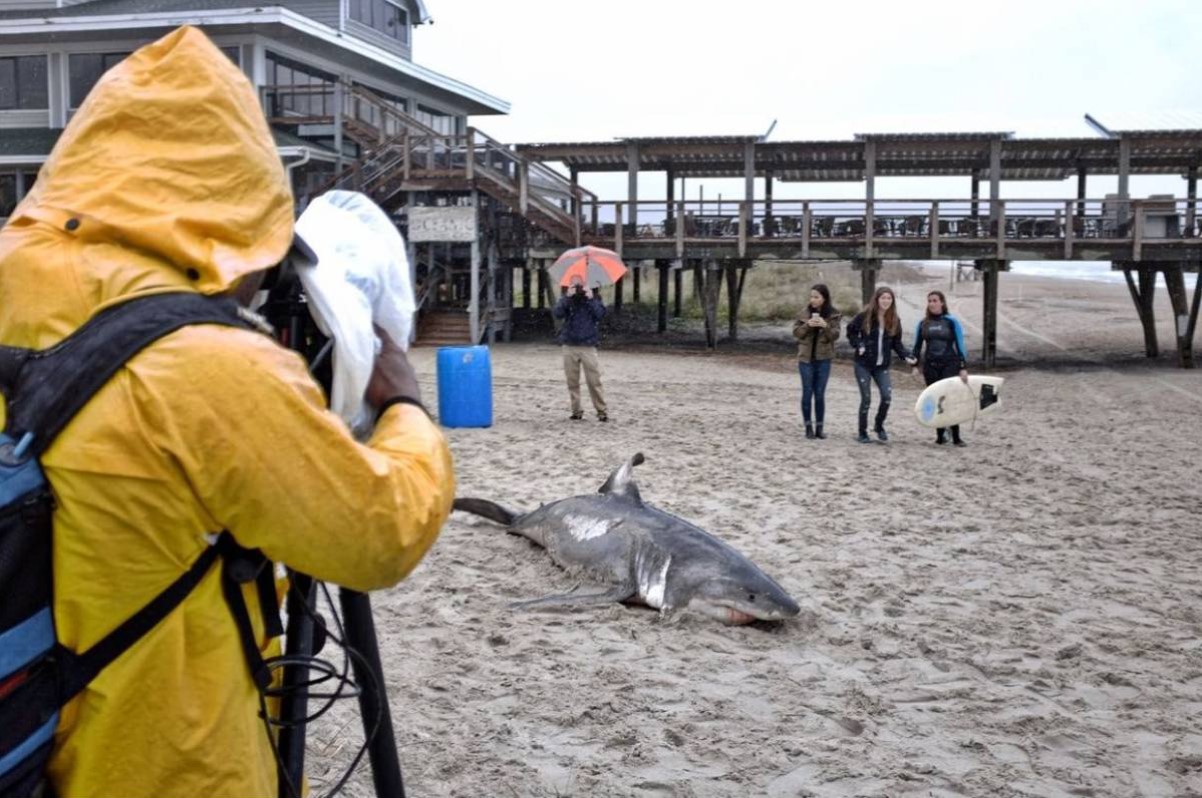
Source: Distressed Mullet/Pinterest
They had holes punctured in the muscle wall between their pectoral fins and they all had their livers missing.
Two True Marine Menaces At Work
When about 20 shark carcasses washed up outside a Cape Town, South Africa home, the resident immediately knew who or what had killed them. The marine predators were found with missing livers.
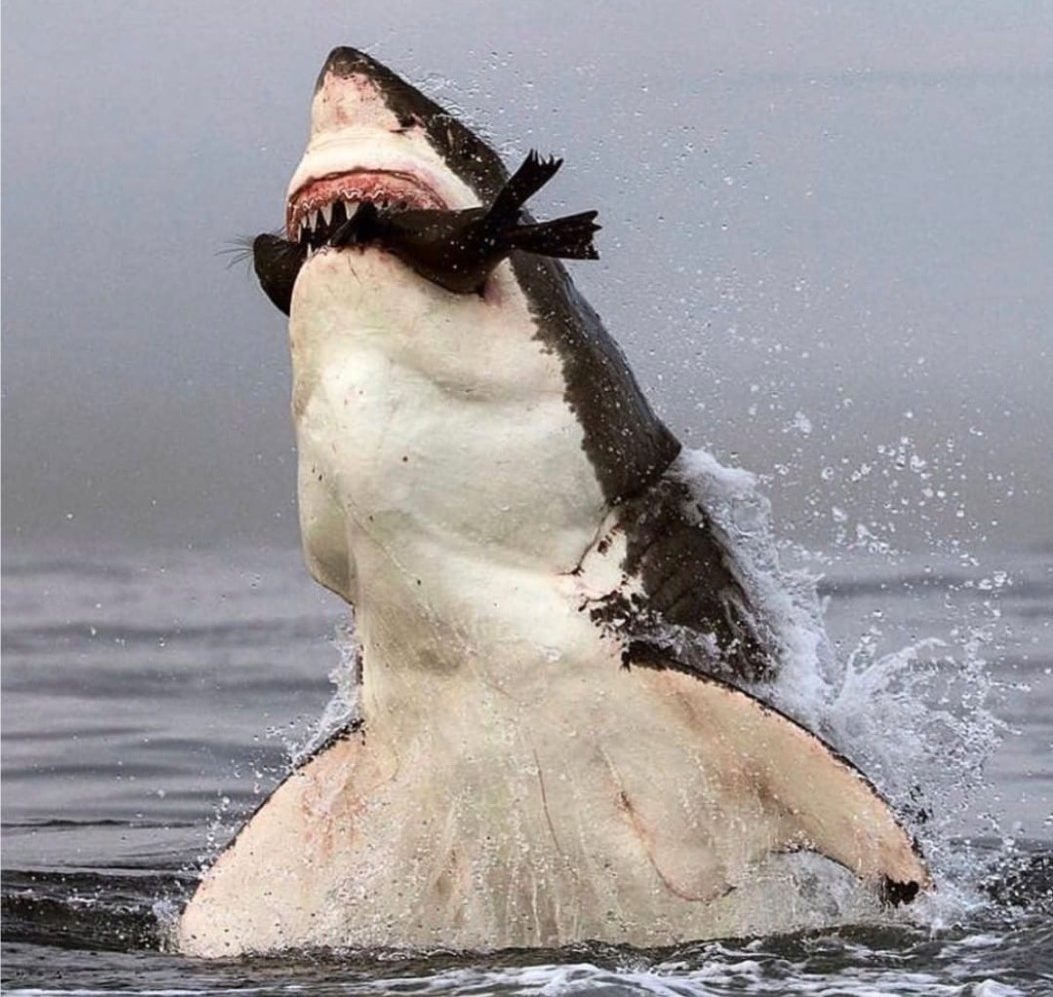
Source: Nature Is Metal/Reddit
The livers appeared to have been sucked out of a clean tear on their shoulders. The rest of their organs remained intact. The near-surgical precision was the trademark of a pair of orcas, two marine menaces, pulling apart South Africa’s coast in great white shark’s territory.
The Menacing Orcas: Port and Starboard
The two orcas have been extracting livers from great white sharks for over seven years. They were named Port and Starboard. Both have distinctive flopped-over dorsal fins that make it easy to identify them.
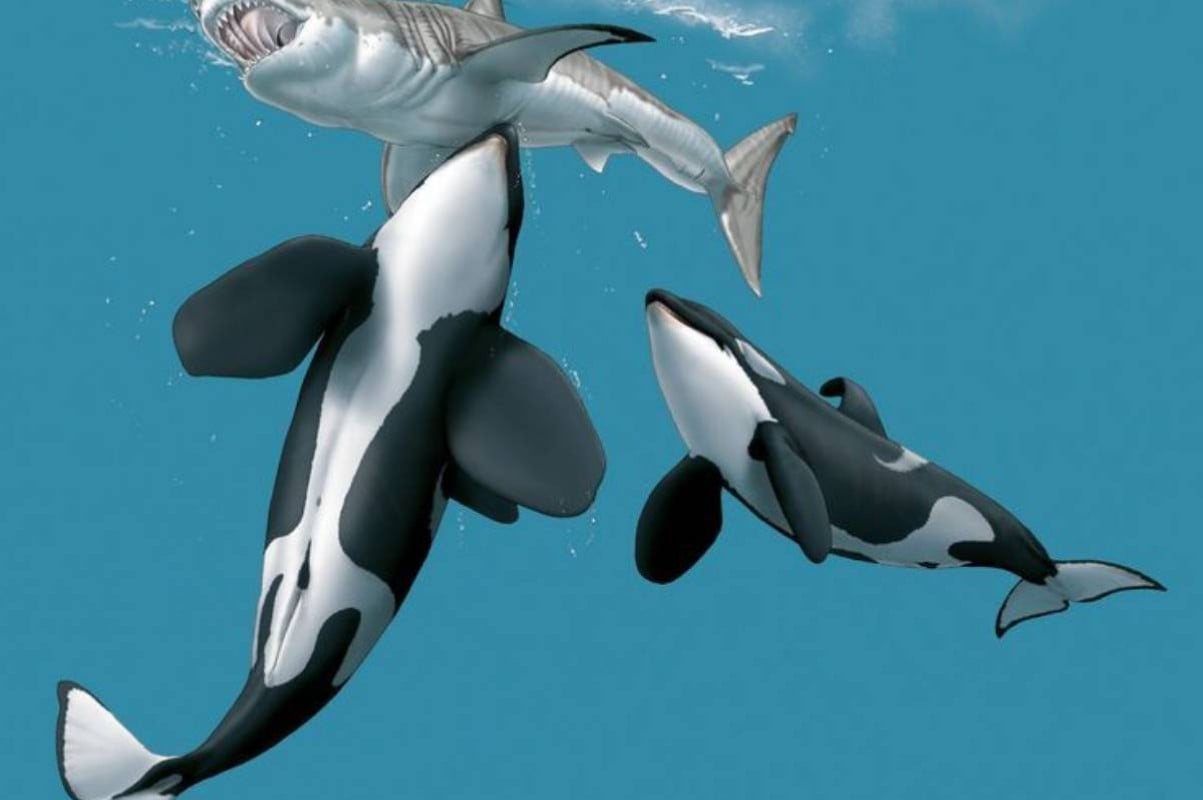
Source: Ann Marie Byrnes/Pinterest
They usually frequent a part of the ocean near Gansbaai in South Africa, frightening away all the great whites. The sharks dominated this region primarily because of the populous prey, the Cape fur seal colonies, in the area.
Gansbaai’s Genuine Killler Whales
There is years of data showing Gansbaai as a hotbed of activity for great whites, with an average of nine sharks spotted daily between 2008 and 2011. The two orcas disturbing this great white shark territory were males.
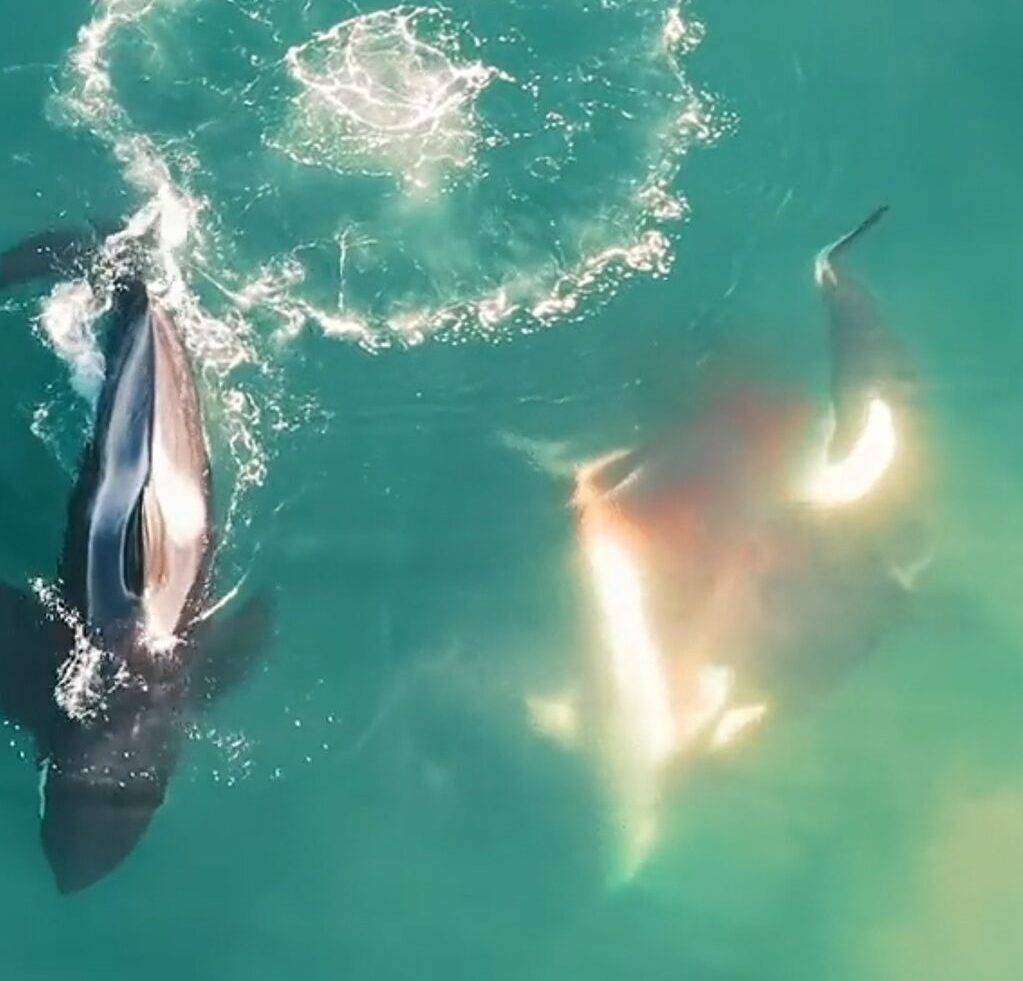
Source: SeaSearchReasearcgandConservation/Pinterest
The male orcas’ acts were mysterious, as scientists have never recorded orcas performing this uniform and surgical predation on sharks. Further observations also showed that this pair taught others how to remove shark livers, a fascinating example of learned behavior in the animal kingdom.
A Shark’s Nemesis
After the orcas moved into the territory, the carcasses of sharks increased while the sightings of live ones significantly reduced. According to one resident’s statement who found some washed-up sharks, “The more the orcas frequent these sites, the longer the great white sharks stay away.”
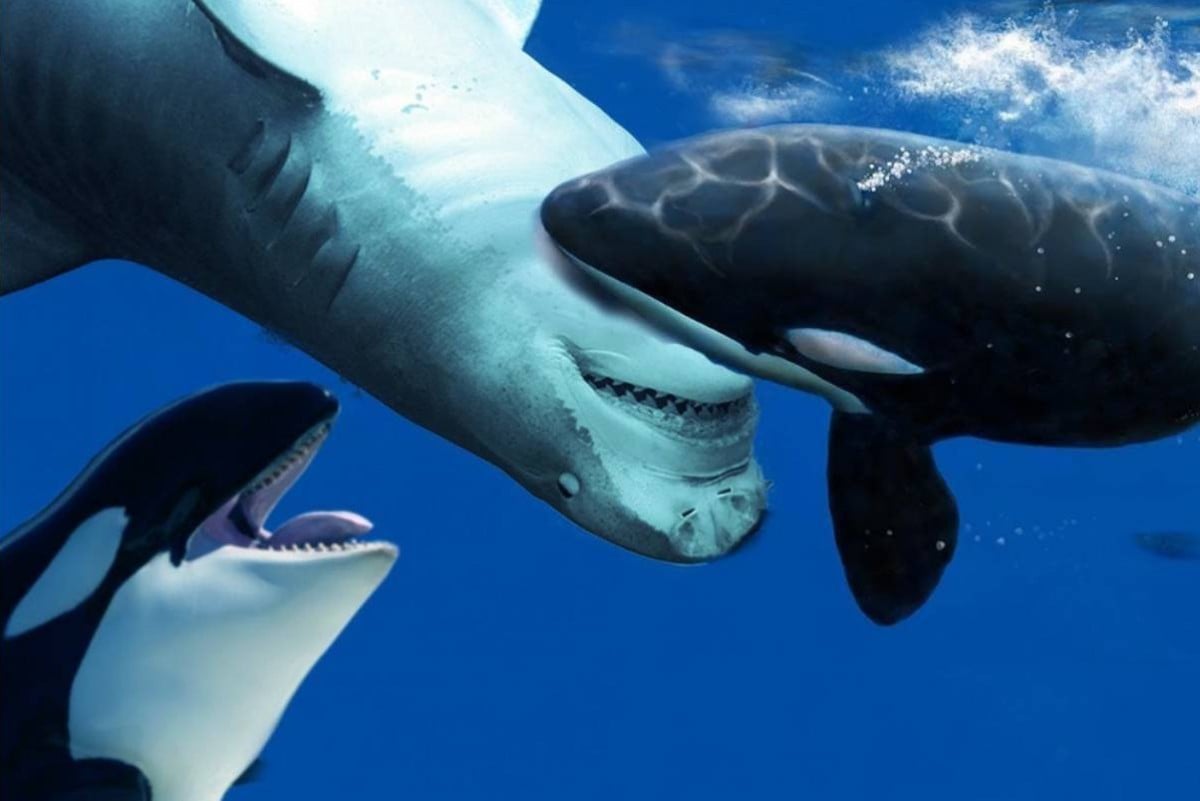
Source: Yakov/Pinterest
A team of Dyer Island Conservation Trust shark biologists performed necropsies of the carcasses. The results cemented the belief that they had been attacked by orcas, who had ripped out the energy-rich livers of the sharks.
Filling the Void: Fearless Bronze Whaler Sharks Move In
Although the team did not precisely witness the predation, they often saw the terrible twosome, the floppy-finned Port and Starboard. An intriguing crease in the study showed that bronze whaler sharks, another specie of large sharks, started moving in as the great whites moved out.
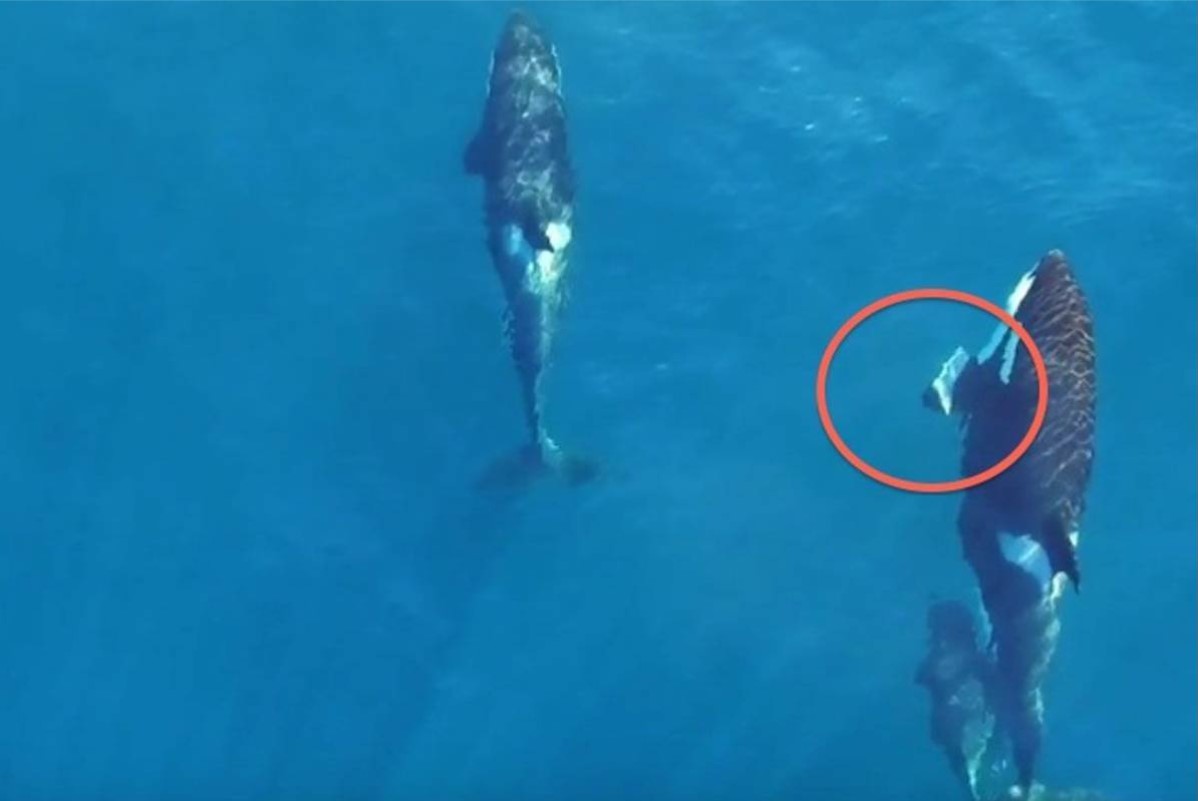
Source: Pinterest
Great whites sometimes feed on the bronze whalers, but they are not frightened of orcas, so they feel safe enough to travel into Gansbaai and feed on the seal population. However, the biologists noted that orcas are now attacking the bronze whalers—it appears no shark is safe.
A Revolving Food Chain
A nagging question researchers try to answer is why killer whales like Port and Starboard suddenly start preying on great whites. The team suggested several reasons, including a decline in prey availability that may have altered the ranges of killer whales and sharks, bringing them closer together on the food chain heirarchy
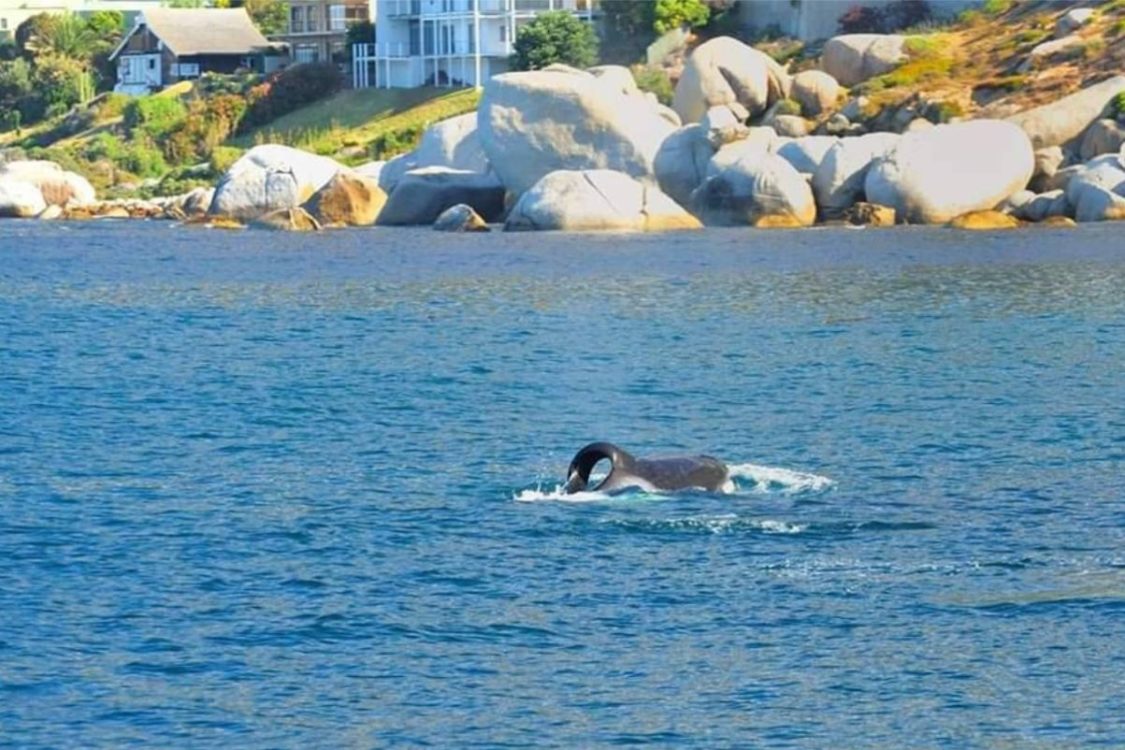
Source: Orcinus Orcas/Tumblr
It’s also possible the twin bullies aren’t solely to blame—there may be other orca predators doing just as much damage.
Survival of the Fittest
The researchers suggest that fishing and further fishery-induced declines in prey could be responsible for the declining numbers of great whites in Gansbaai. Habitual fishing in a specific area without proper regulations can reduce natural prey availability.
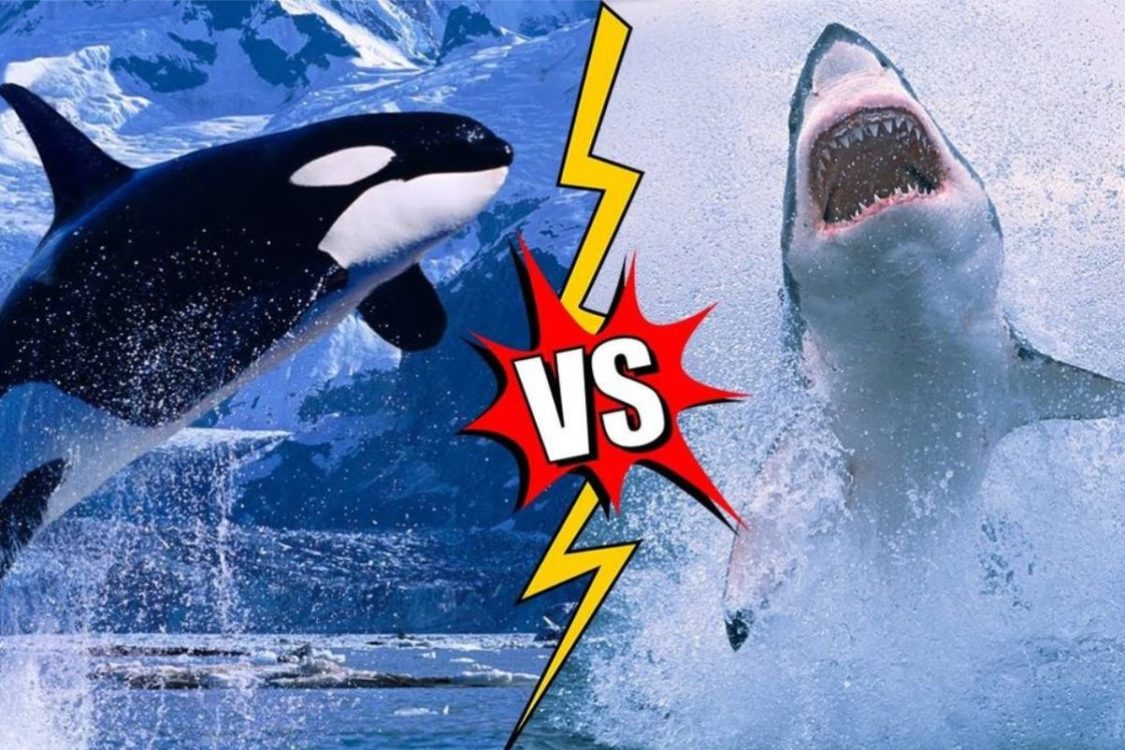
Source: Facts Machine/YouTube
Once there is little to no prey for the predators to feed on, they turn on themselves. After all, they have to feed on something.
Bigger Concerns For the Great White
One shark biologist stated that unregulated fishing threatens shark populations more significantly than Port and Starboard. The predators only added pressure to fishes already in trouble.
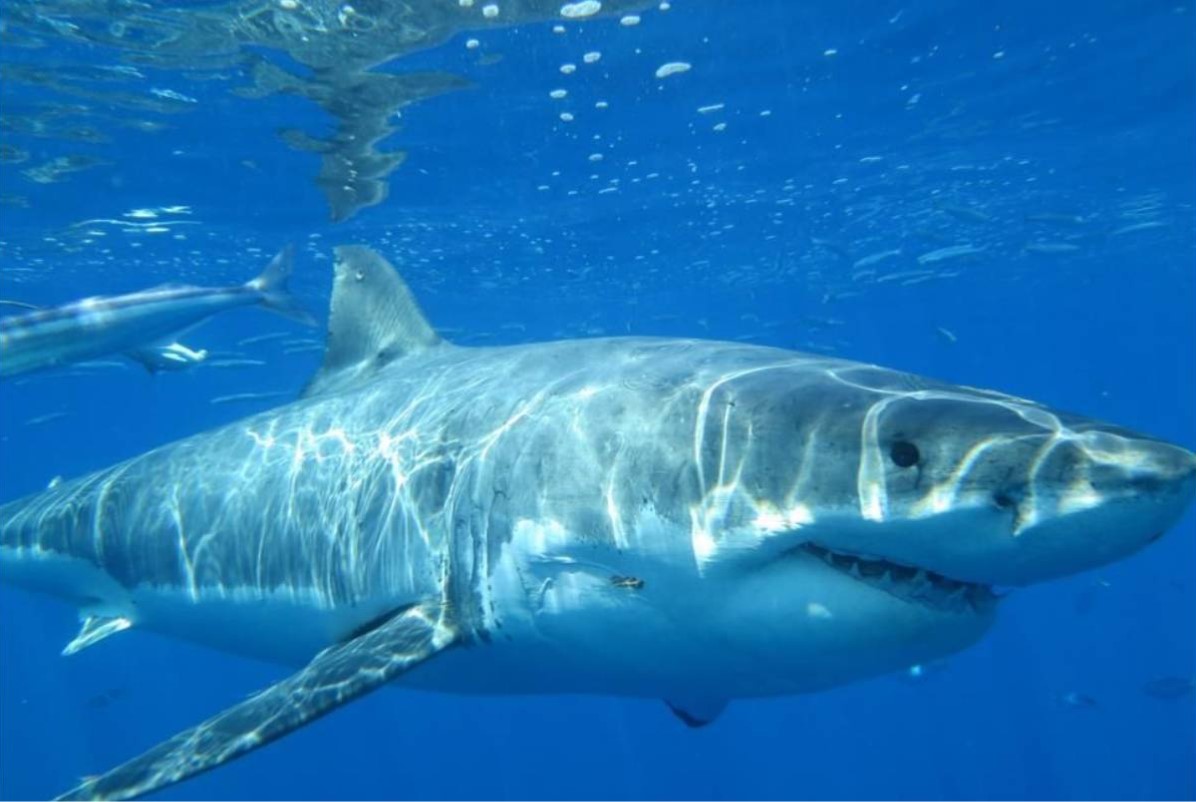
Source: Gary Atherton/Pinterest
Regardless of whether Port and Starboard are the originators of this shark-eating conduct, it will likely spread, according to the shark biologist. Without great whites and other apex predators in coastal South Africa’s ecosystem, prey may increase, which could be a disaster for shark species.
Humans Have Become the Orca's New Enemies
Besides humiliating the revered bronze whale sharks and killer sharks, Orcas have found a new enemy, humans. According to vigilant watchers like Alfredo Fernandez, a biologist from Portugal’s University of Aveiro, hostilities began sometime around the year 2020.

Source: Liukm3/Twitter
The humans must have started it. An Orca could have been caught up in an illegal fishing net or been hit by a boat. The main victim, an Orca known as White Gladis, could have begun a revenge mission after such a distressing occurrence.
White Gladis Has Begun Toppling Vessels
In retaliation, White Gladis is believed to have initiated the new waves of hostility against boats and other vessels. From nowhere, in at least three instances, these vessels get struck from beneath, and begin to sink afterward.
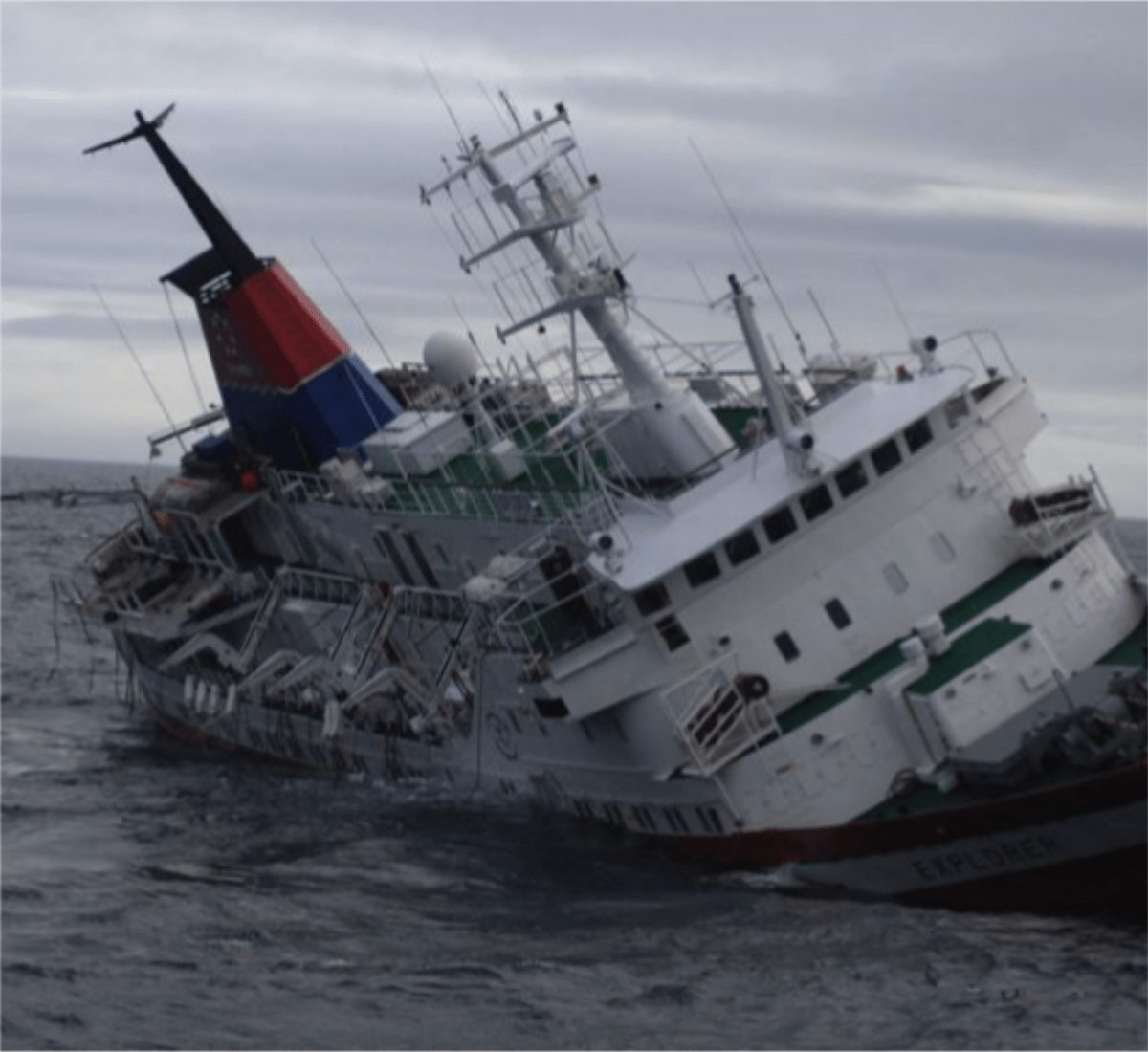
Source: Jonbowermaster/Pinterest
Could White Gladis be solely responsible for this wave of hostilities? Absolutely not. Other Orcas have joined the party. Not in any vengeful solidarity with their angry colleague. Now they just do it for fun.
Orcas Are Great at Adopting Bad Behavior
Orcas love to imitate behaviors. Both good and bad. That’s due to their highly social character. The other aggressive orcas only had to watch White Gladis in action once or twice to pick up the anti-vessel behavior.
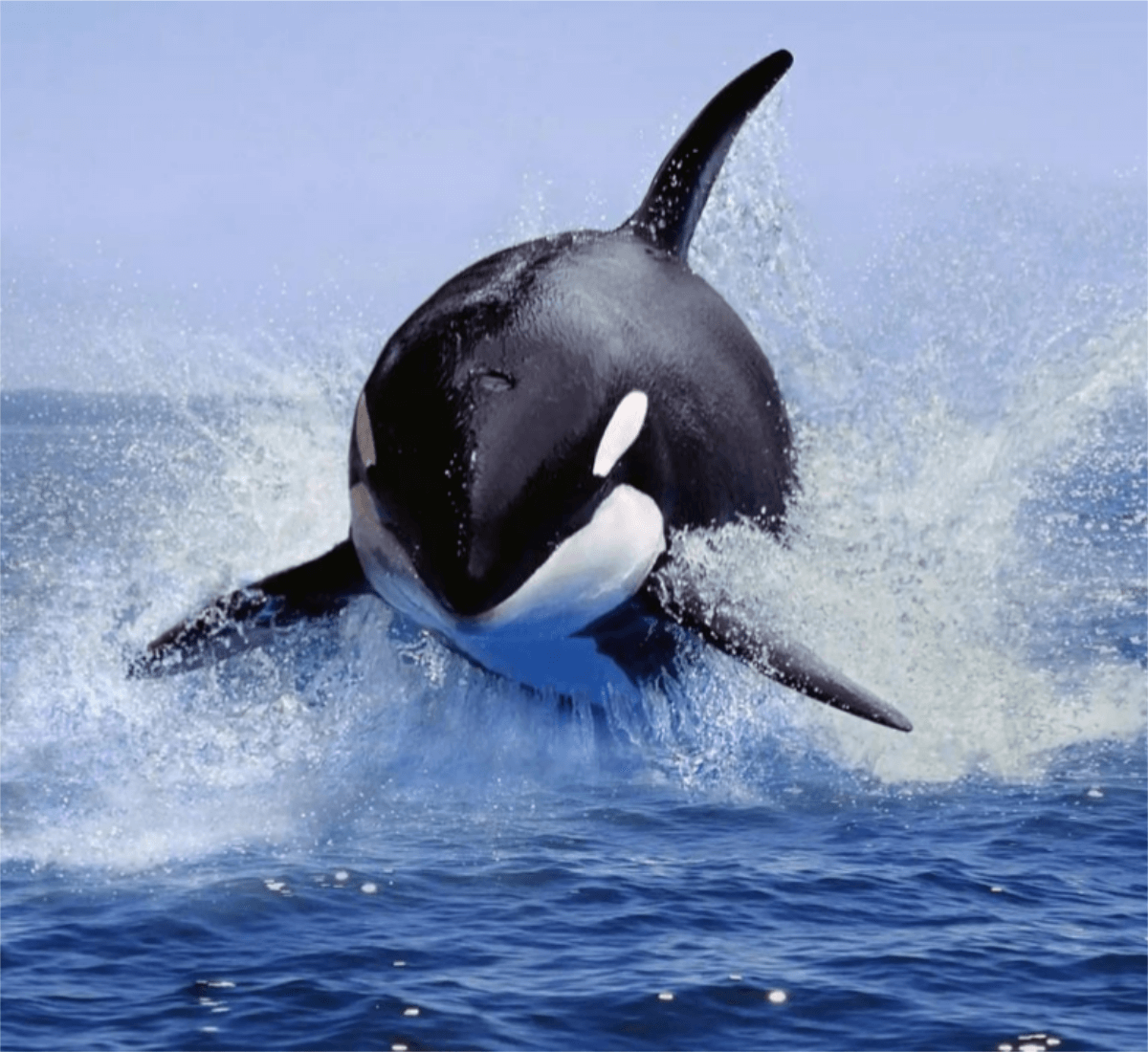
Source: JonesHowDareYou/Twitter
These attacks have continued to increase. Researchers have recorded up to 200 of them since 2020. The Iberian Peninsula is the theater of the show. In news that should give mariners a sigh of relief, experts believe that this trend will soon fade away.
Until then, Humans May Have to Endure These Unpleasant Experiences
While only a few of these aggressive encounters have led to the sinking of boats, they are by no means pleasant. A British couple who had been on the receiving end of the attack have described their frightening ordeal.
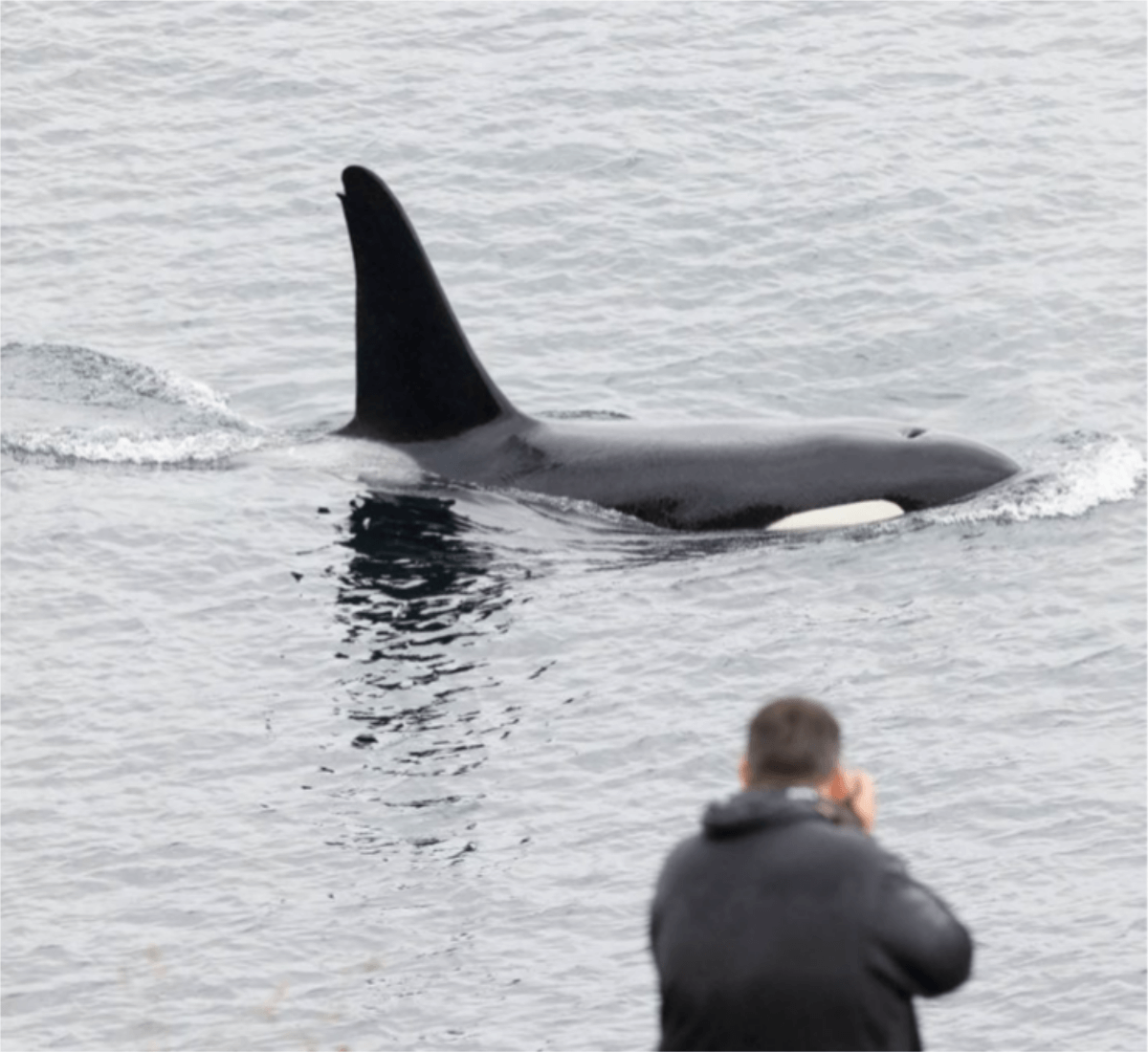
Source: HughHarrop/Twitter
Janet Morris and Stephen Bidwell had been touring the northwestern African coastline around the coast of Morocco when their boat got hit. This was in addition to the menace of the highly volatile waters.
Orcas! Orcas!!
The couple’s vessel had to pass through the Strait of Gibraltar to connect the Atlantic Ocean from the Mediterranean Sea. This passageway had been nicknamed the “orca alley” due to its high population of orcas.
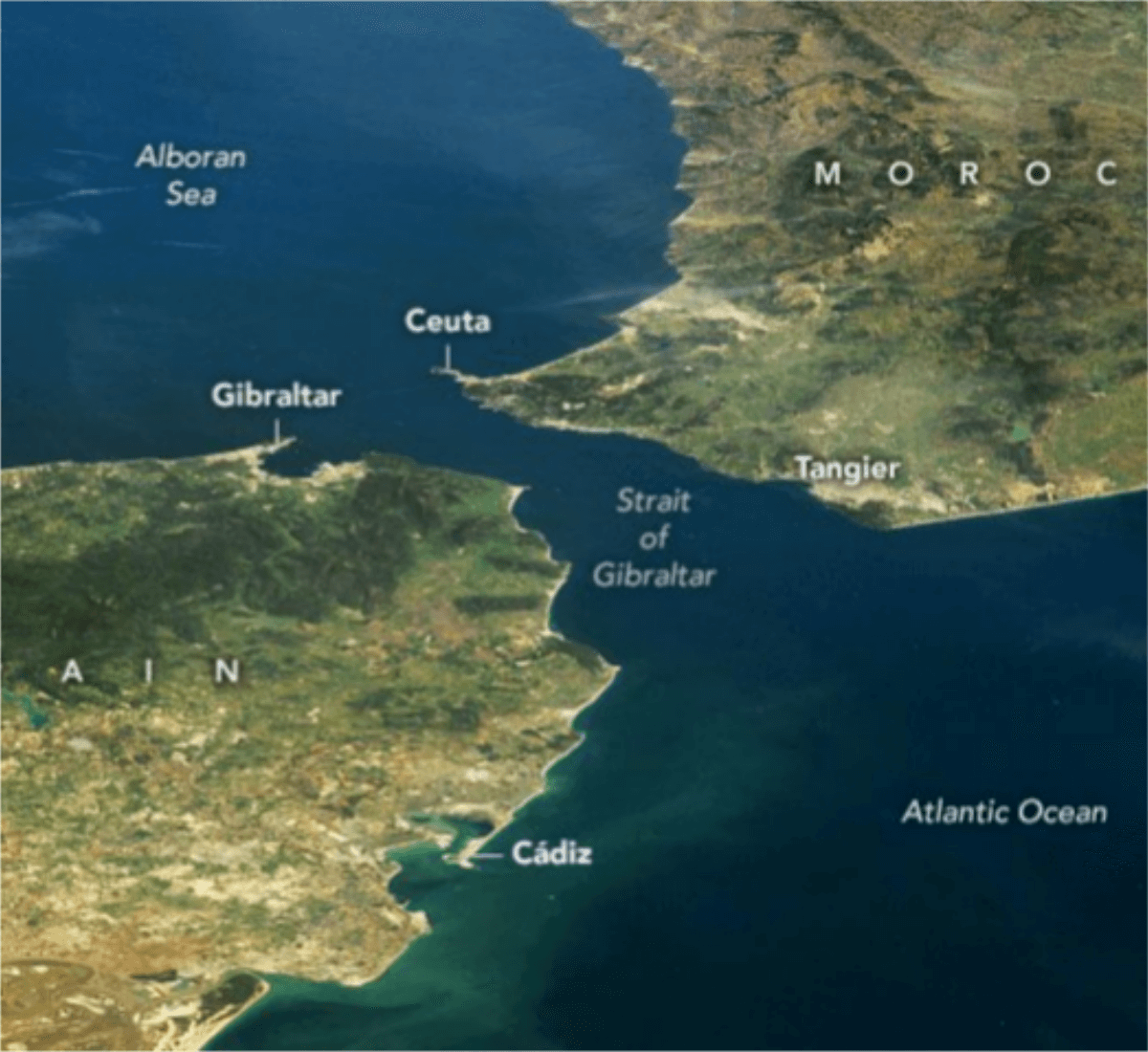
Source: Simongerman600/Twitter
No sooner had the vessel entered the orca alley than the orcas struck. Shouts of “orca! orca!” from the crew members woke the sleeping couple and announced the situation. Orcas had hit their boat. Thankfully, the boat recovered from the impact.
